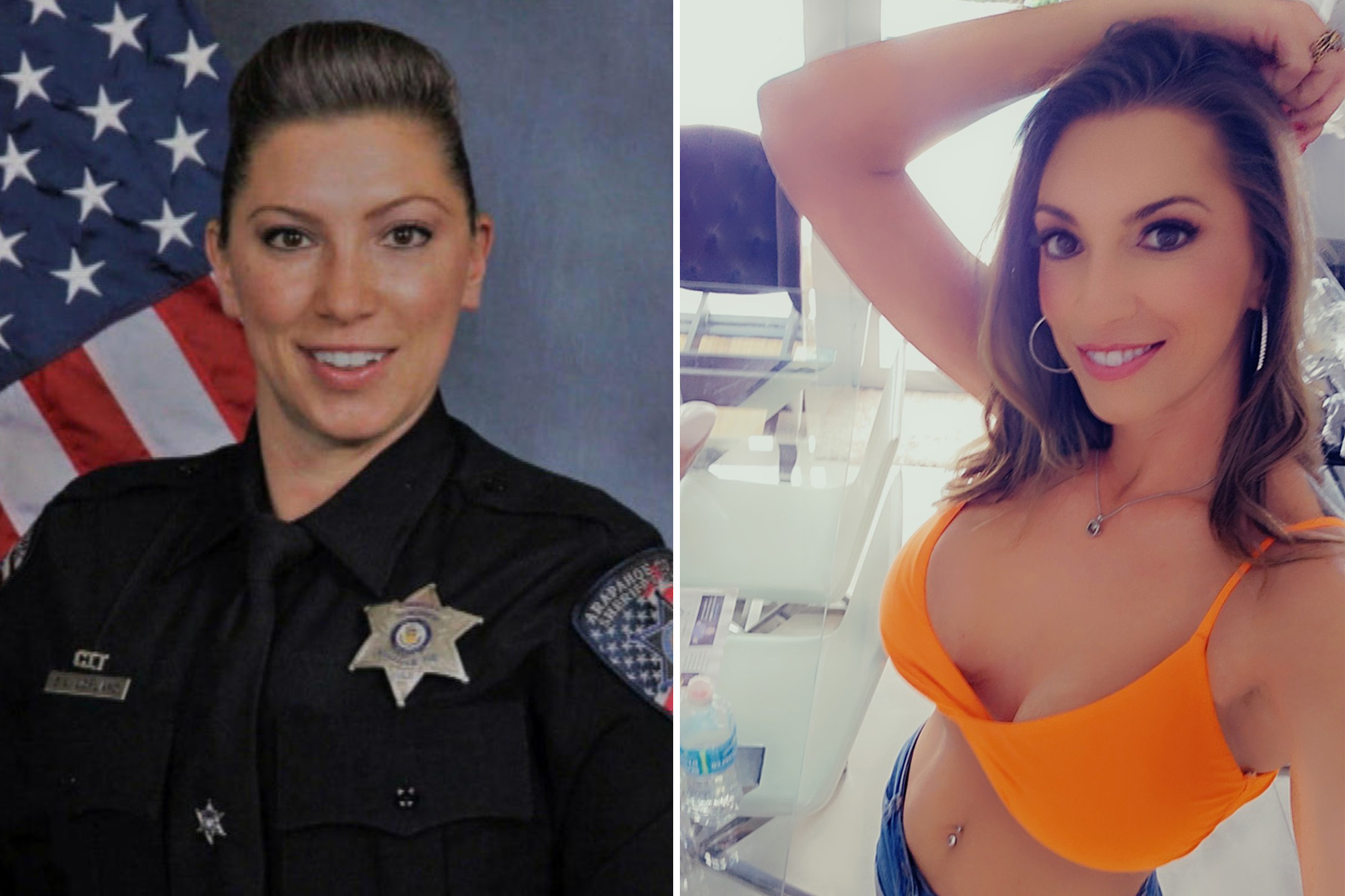Why Eating Like a Baby Might Be Your Secret to Weight Loss
Ever thought about how babies eat? Well, if you're on a mission to lose those stubborn pounds before summer rolls around, you might want to take a page from their playbook. Long Island registered dietitian, chef, and nutritionist Nicolette Pace has a unique approach that suggests eating like a baby could be the key to adult well-being.

Pace believes that the simplicity of a baby’s eating habits can guide us toward healthier choices. “It’s remarkable that a baby without any life experience can give us a roadmap to live healthy,” she shared. But don’t worry, you won’t need to don a bib or sit in a high chair to follow her advice. And please, leave the “CoComelon” reruns for another time!

So, what does this baby-inspired diet look like? Pace encourages her clients—let’s call them “squashbucklers”—to adopt three straightforward behaviors to help curb overeating. First up, she suggests waiting an hour to three hours after waking up to have your first meal. This meal should include a solid protein source like eggs, cheese, or yogurt, paired with a fibrous carbohydrate such as whole grains. Don’t forget to add a serving of fruit or vegetables to kickstart your day on a balanced note!

About three to four hours later, it’s time for a vegetable-based soup or salad. You can opt for a vegan protein combo of beans and grains or add some meat for extra flavor. To keep your energy levels steady, include a hearty starch like bread and a serving of fruit. And don’t skip that planned mini-meal in the afternoon! This snack can help bridge the gap between lunch and dinner, preventing excessive hunger later on. Think of something satisfying yet light, like fruit with cheese, a light entrée salad, or a protein-blended smoothie.

When dinner rolls around—about four hours after your mini-meal—start with one or two servings of cooked vegetables and a fresh salad. For protein, you can choose fish, poultry, or meat, and pair it with a carb like potatoes, beans, or a whole-grain pilaf. And let’s not forget about that nighttime snack! Aim for something light but filling, ideally two to three hours before bed. A banana with milk (almond, soy, or dairy) is a great option, or you could go for something fibrous like a bit of peanut, almond, or hazelnut butter. High-fiber cereal with soy milk or yogurt is another tasty choice, and if you’re in the mood for something warm, a cup of cocoa or tea can be a cozy way to wind down.

Now, here’s a fun fact: babies typically feed for about 15 to 30 minutes. Pace suggests that you should take at least 15 minutes to finish your meals and really chew every bite. Eating quickly can make it harder for your brain to register that you’re full, which often leads to overeating. Plus, fast eating doesn’t allow for proper digestion and can result in swallowing excessive air, which can cause indigestion, heartburn, bloating, and gas.

Just like babies, it’s essential to listen to your body’s natural hunger signals. Pace advises eating only when you’re genuinely hungry, rather than out of boredom or emotional reasons. “Before reaching for a treat, ask yourself if there’s something on your mind or if you’re bored,” she suggests. If it doesn’t feel like hunger, try engaging in a different activity for a bit. Whether it’s playing video games or getting creative with some painting, find something to distract you. If, after your activity, you’re still craving a snack, go ahead and have a little bit to satisfy that craving.
By adopting these baby-inspired eating habits, you might just find that shedding those extra pounds becomes a whole lot easier. So, why not give it a try? You might be surprised at how effective it can be!
















